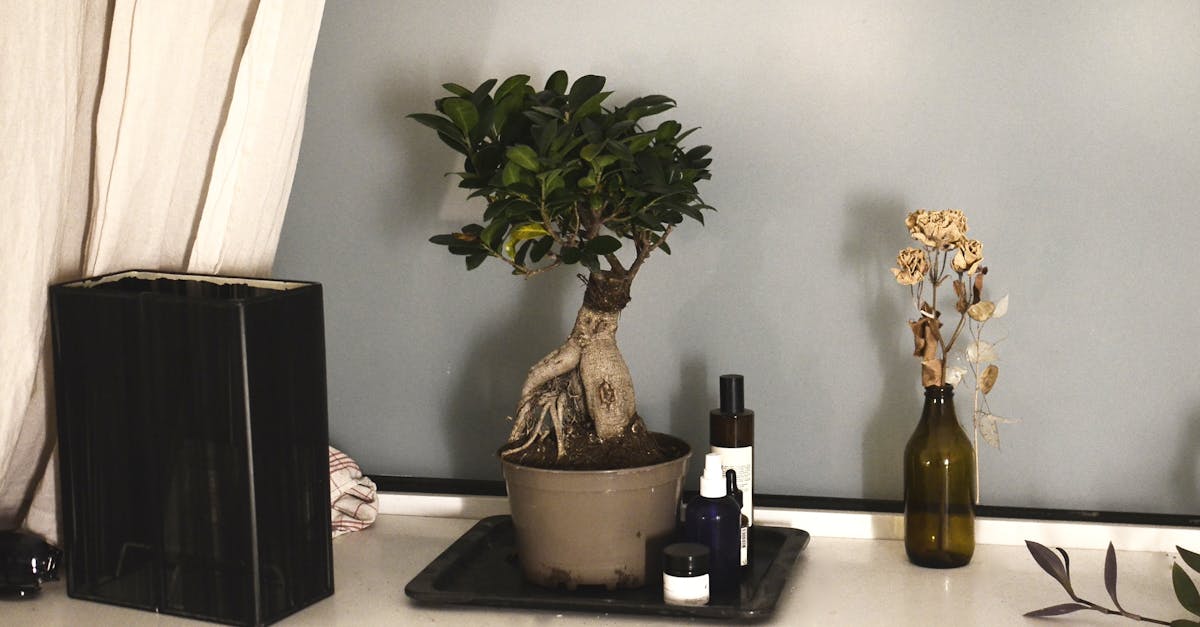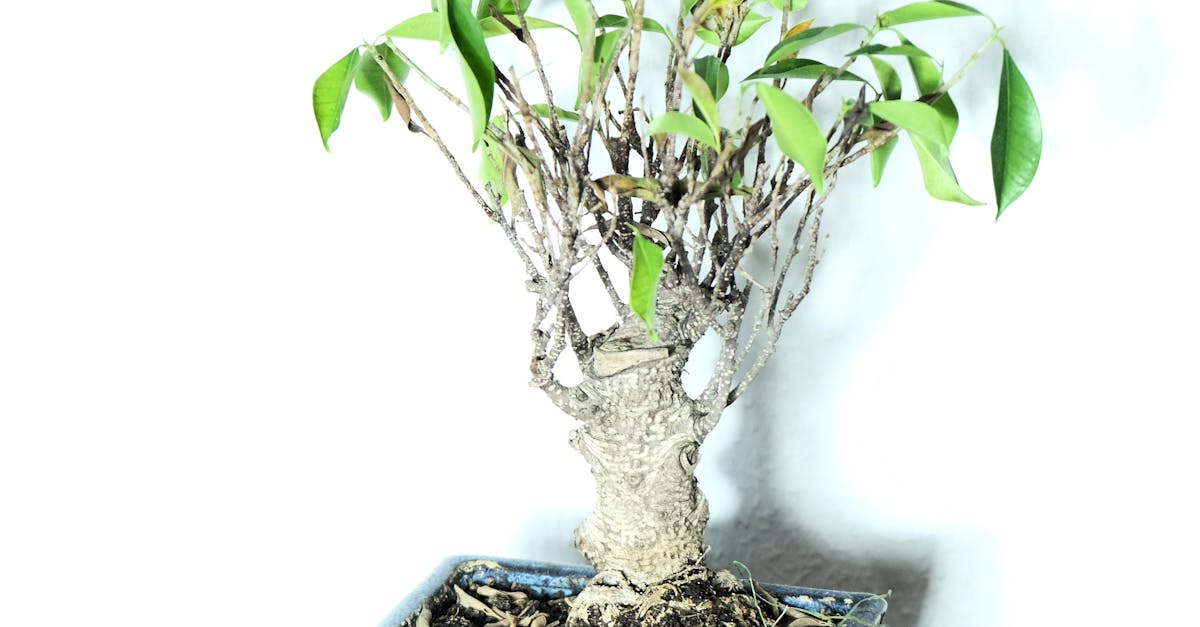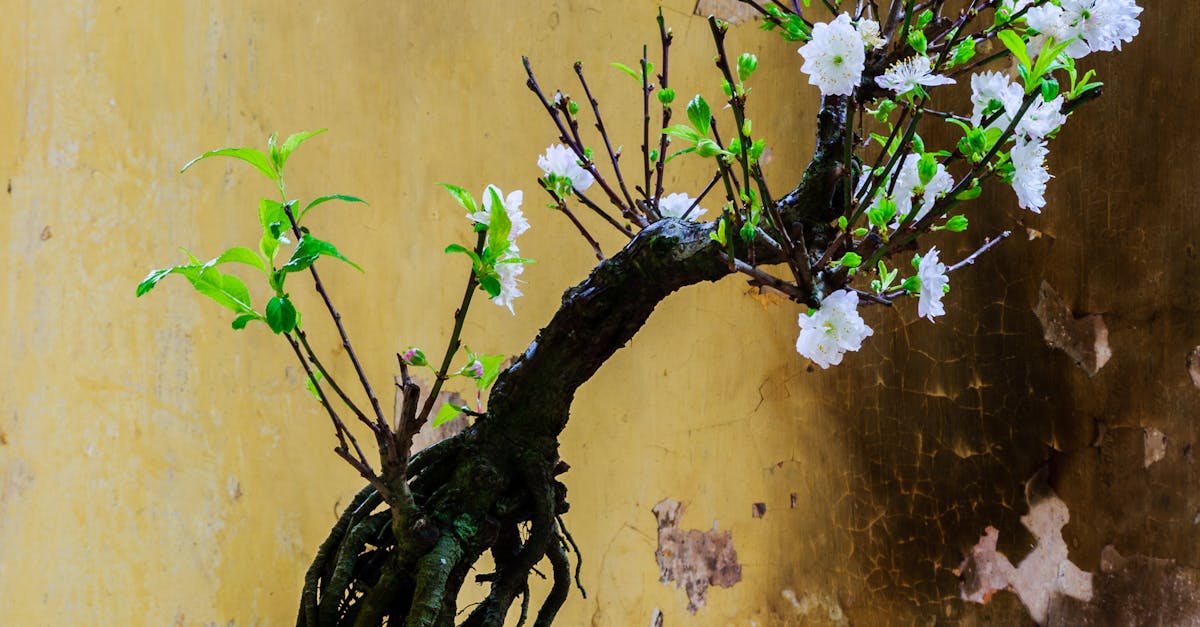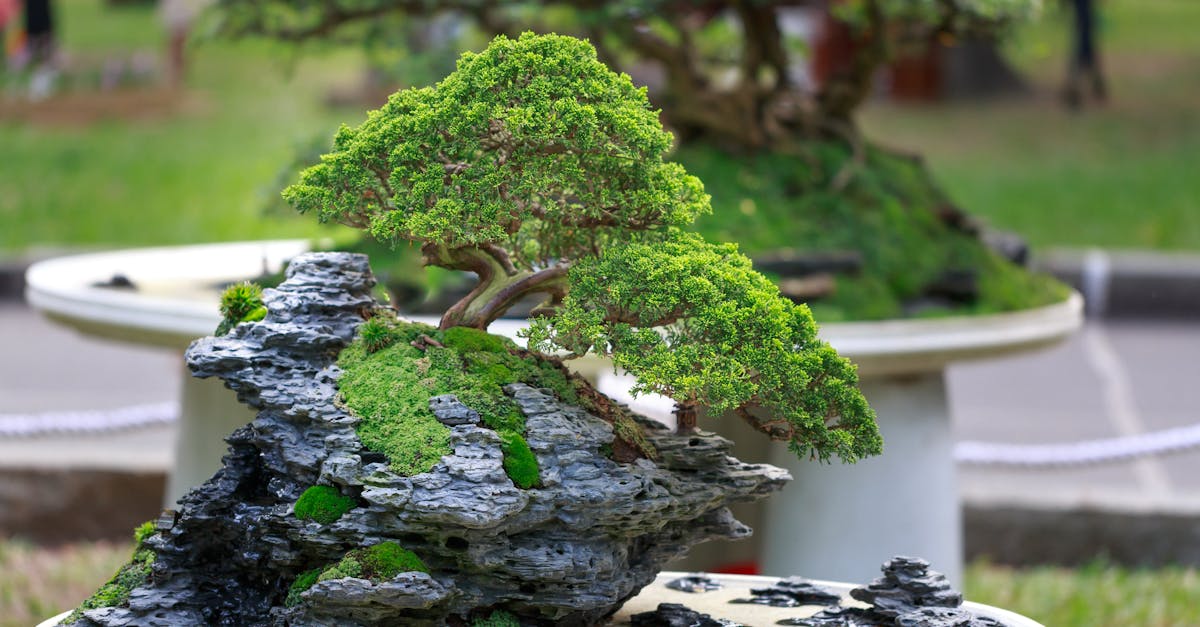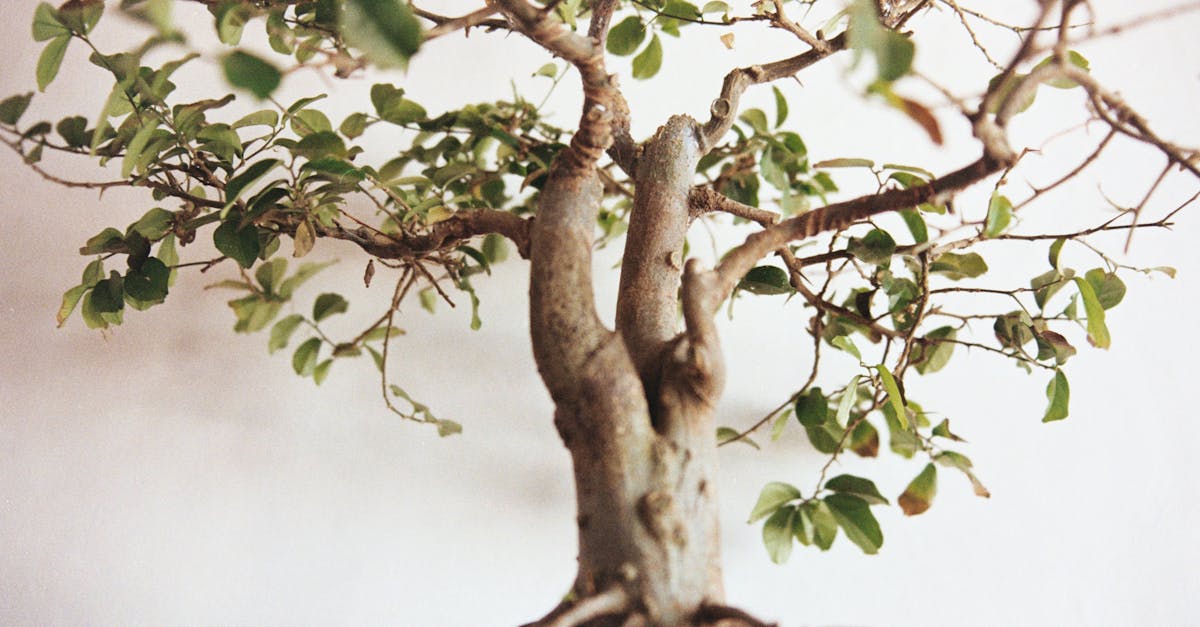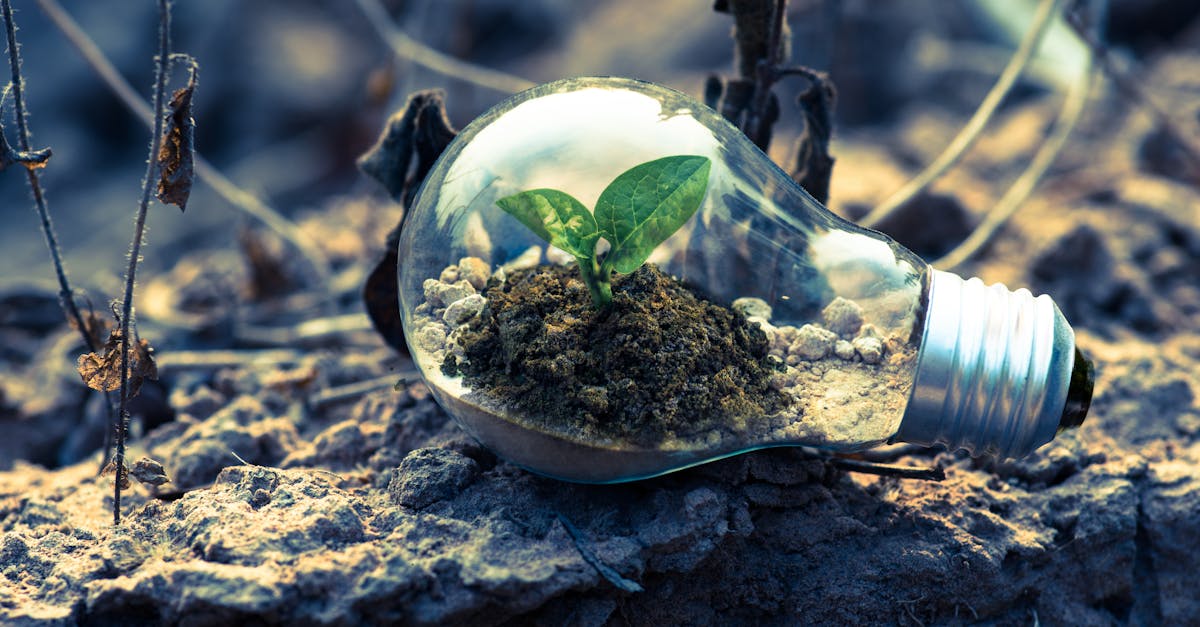The Importance of Watering Bonsai Trees Correctly: A Guide to Leaf Coloration and Watering Adjustment
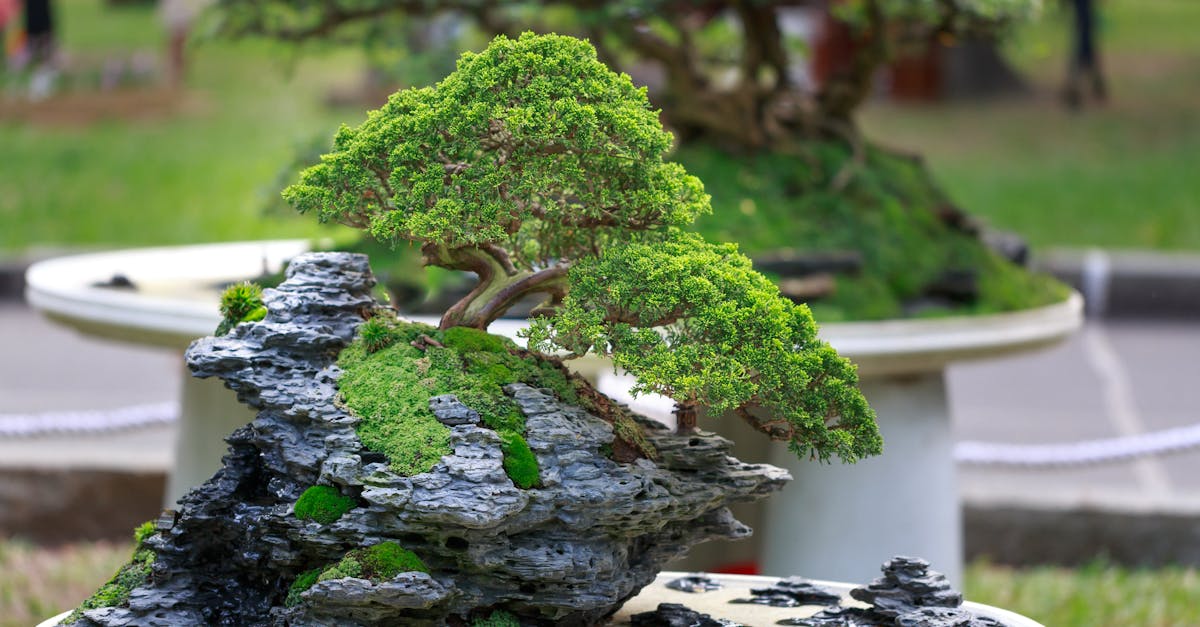
Bonsai trees are beautiful and delicate works of art. Part of making sure they thrive is learning the art of proper watering and adjusting the watering schedule accordingly. If your bonsai does not get the right amount of water, its leaves will start to show signs of distress. This can be seen in the leaves becoming discolored. It is important to know how to recognize these signs so that you can address the issue quickly and prevent further damage to your tree.
This guide will provide information on how to recognize the signs of water stress in bonsai leaves, how to adjust your watering schedule accordingly, and what additional factors to consider when watering your bonsai.
The key to keeping your bonsai healthy is balance. Watering too much or too little can both lead to problems, so it is important to find the right balance for your particular tree. This article will provide advice for adjusting watering schedules in different situations.
1. Understanding Bonsai Leaf Coloration
Understanding Bonsai Leaf Coloration
Leaf coloration is an important indicator of a bonsai tree’s health and vitality. By observing the color of your bonsai’s leaves, you can learn a great deal about its growing conditions and identify any potential problems.
Healthy bonsai leaves are typically a deep green color. However, various factors can cause leaves to change color, including water stress (both under and overwatering), nutrient deficiencies, diseases, pests, and environmental conditions. It is important to be able to differentiate between these causes in order to provide the appropriate care for your tree.
Water Stress: One of the most common causes of leaf discoloration in bonsai is water stress. Underwatered bonsai leaves will often turn yellow or brown and may become dry and crispy. Overwatered bonsai leaves may turn yellow or brown and become soft and mushy. In severe cases, overwatering can lead to root rot, which can eventually kill the tree.
Nutrient Deficiencies: Nutrient deficiencies can also cause leaf discoloration in bonsai. Nitrogen deficiency, for example, can cause leaves to turn yellow or pale green. Phosphorus deficiency can cause leaves to turn purple or red. Potassium deficiency can cause leaves to turn brown or yellow and develop brown or black spots.
Diseases: A variety of diseases can also cause leaf discoloration in bonsai. Fungal diseases, such as powdery mildew and leaf spot, can cause leaves to turn yellow or brown and develop spots or patches. Bacterial diseases, such as crown gall and fire blight, can cause leaves to turn black or brown and wilt. Viral diseases, such as mosaic virus and leaf curl, can cause leaves to become mottled or distorted.
By understanding the various factors that can influence leaf coloration, you can better care for your bonsai tree and keep it healthy and vibrant.
2. Recognizing Signs of Water Stress
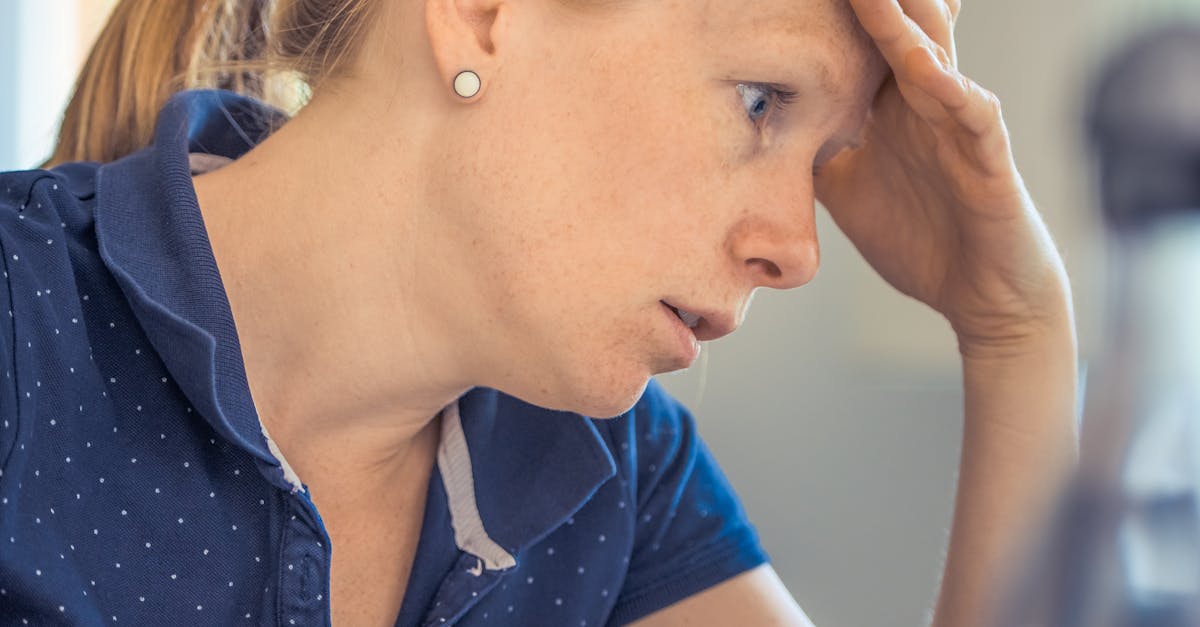
Recognizing Signs of Water Stress
Water stress is one of the most common problems that bonsai owners face. It can be caused by both underwatering and overwatering, so it is important to be able to recognize the signs of each in order to provide the appropriate care for your tree.
Underwatering: The most common sign of underwatering is wilting leaves. The leaves will become limp and may start to turn yellow or brown. The soil will also be dry to the touch. If you underwater your bonsai tree, it is important to water it deeply and then allow the soil to dry out completely before watering again.
Overwatering: The signs of overwatering are not as obvious as the signs of underwatering. Overwatered bonsai leaves may turn yellow or brown, but they may also become soft and mushy. The soil will be constantly moist and may even be soggy. If you overwater your bonsai tree, it is important to allow the soil to dry out completely before watering again. You may also need to repot your tree in a pot with better drainage.
Other factors that can affect the watering needs of your bonsai tree include:
- The size of the tree
- The type of pot it is in
- The soil composition
- The climate
It is important to observe your bonsai tree carefully and adjust your watering schedule accordingly. Bonsai trees are very resilient, but they can be damaged by both underwatering and overwatering. By understanding the signs of water stress, you can help keep your bonsai tree healthy and vibrant.
3. Adjusting Watering Schedules for Underwatered Bonsai
Adjusting Watering Schedules for Underwatered Bonsai
If you have underwatered your bonsai tree, it is important to gradually increase the frequency and duration of watering. Overwatering can be just as damaging as underwatering, so it is important to avoid giving your tree too much water too quickly.
To start, water your bonsai tree deeply and then allow the soil to dry out completely before watering again. This will help to prevent root rot and other problems associated with overwatering.
As your tree recovers, you can gradually increase the frequency and duration of watering. Water your tree deeply each time you water it, and allow the soil to dry out slightly before watering again. Be sure to observe your tree carefully and adjust your watering schedule accordingly.
Here are some tips for avoiding overwatering your bonsai tree:
- Water your tree deeply, but allow the soil to dry out completely before watering again.
- Use a pot with good drainage.
- Avoid watering your tree on a regular schedule. Instead, water your tree when it needs it.
- Be careful not to overwater your tree during the winter months.
By following these tips, you can help your underwatered bonsai tree recover and thrive.
4. Watering Adjustments for Overwatered Bonsai
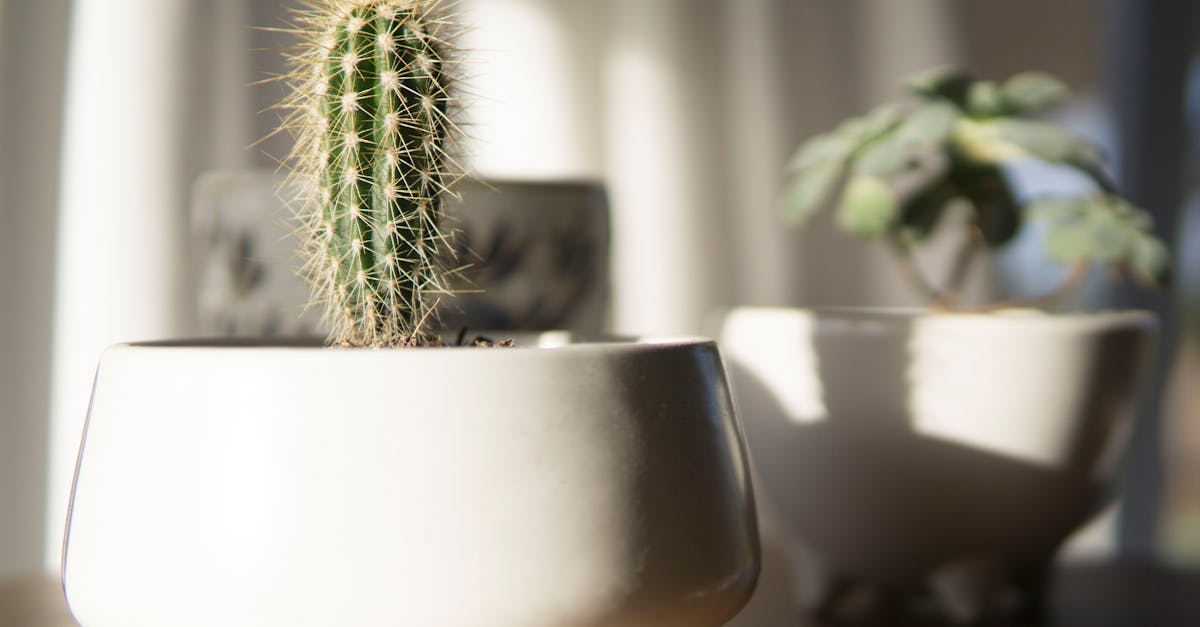
Watering Adjustments for Overwatered Bonsai
If you have overwatered your bonsai tree, it is important to reduce the frequency and duration of watering. Overwatering can lead to root rot and other problems, so it is important to allow the soil to dry out completely before watering again.
To start, stop watering your bonsai tree completely. Allow the soil to dry out completely, and then wait a few days before watering again. When you do water, water deeply but allow the soil to dry out completely before watering again.
You can also use a few techniques to help excess water drain from the pot. One technique is to elevate the pot on a few bricks or stones. This will allow air to circulate around the pot and help the soil to dry out more quickly.
Another technique is to use a pot with good drainage. A pot with drainage holes in the bottom will allow excess water to drain out of the pot. You can also use a pot with a raised bottom. This will help to keep the roots of your bonsai tree out of standing water.
By following these tips, you can help your overwatered bonsai tree recover and thrive.
5. Additional Considerations for Watering Bonsai
Additional Considerations for Watering Bonsai
In addition to considering the signs of water stress and making adjustments to your watering schedule accordingly, there are a few other factors to consider when watering bonsai. These factors include:
- Tree size: Smaller trees will need to be watered more frequently than larger trees. This is because smaller trees have a smaller root system and therefore cannot store as much water.
- Pot type: The type of pot your bonsai is in will also affect how often you need to water it. Bonsai trees in pots with drainage holes will need to be watered more frequently than trees in pots without drainage holes. This is because the water will drain out of the pot more quickly.
- Soil composition: The composition of the soil will also affect how often you need to water your bonsai. Bonsai trees in soil that is well-draining will need to be watered more frequently than trees in soil that is not well-draining. This is because the water will drain out of the soil more quickly.
- Environmental conditions: The environmental conditions will also affect how often you need to water your bonsai. Bonsai trees in hot, dry climates will need to be watered more frequently than trees in cool, humid climates. This is because the water will evaporate more quickly in hot, dry climates.
By considering all of these factors, you can develop a watering schedule that is tailored to the specific needs of your bonsai tree.
Quiz
1. What is the most common sign of underwatering in bonsai trees?
(a) Yellow or brown leaves (b) Wilting leaves (c) Soft and mushy leaves (d) Black or brown spots on leaves
2. What is the most common sign of overwatering in bonsai trees?
(a) Yellow or brown leaves (b) Wilting leaves (c) Soft and mushy leaves (d) Black or brown spots on leaves
3. True or False: Bonsai trees in pots with drainage holes need to be watered more frequently than trees in pots without drainage holes.
(a) True (b) False
4. True or False: Bonsai trees in hot, dry climates need to be watered less frequently than trees in cool, humid climates.
(a) True (b) False
5. What is the best way to avoid overwatering your bonsai tree?
(a) Water your tree on a regular schedule. (b) Water your tree deeply, but allow the soil to dry out completely before watering again. (c) Use a pot with good drainage. (d) Avoid watering your tree during the winter months.
Answer Key
- (b) Wilting leaves
- (c) Soft and mushy leaves
- (a) True
- (b) False
- (b) Water your tree deeply, but allow the soil to dry out completely before watering again.

